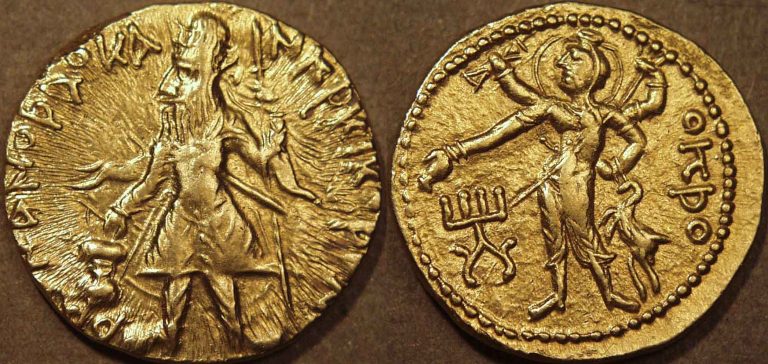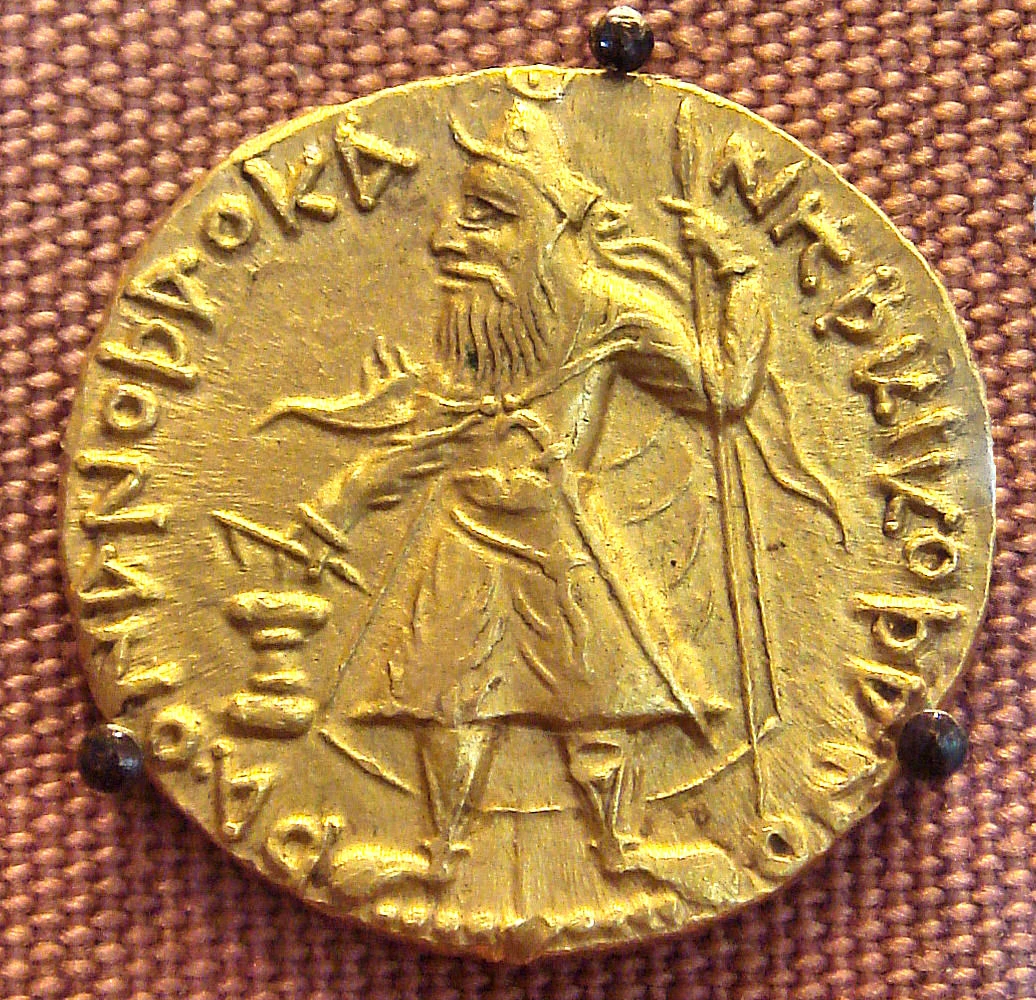
The roots of the disciples of the Isma’ili Aga Khan and Hindu Lohanas are in Persia, modern-day Iran and both fled Persian persecution to western India.
Even today both the communities, Lohanas and Khojas, accept their common roots and forefathers.
Dr. Hari Desai
While reading the book banned in Pakistan, “Jinnah of Pakistan” by a celebrated Historian Stanley Wolpert, one sentence increased curiosity: “The exact date of the flight of Jinnah’s ancestors (from Persia) is unknown.” This led to the study of the history of golden era of Lohana community and its conversion from ruling Kshatriya caste to trading Vaishya caste; spreading influence over social strata world over. Mohmmad Ali Jinnah, the Father of Pakistan, whose grand-father, Poojabhai Thakkar from Moti Paneli of Kathiawad, had to embrace Islam i.e. Shi’ite Muslim Khoja. The roots of the disciples of the Isma’ili Aga Khan and Hindu Lohanas are in Persia, modern-day Iran and both fled Persian persecution to western India.
Lohana’s history begins with king Raghu, who belonged to the Suryavanshi lineage, since they worshiped the Sun (Surya). King Dasharath was grandson of Raghu. He had four sons with Rama being the eldest. The descendents of Rama and one of his two sons, Luv, the Lohanas were not only the rulers in Afghanistan and modern-day Pakistan but also in Kashmir for more than three centuries. The Gandhar Desh(Kandahar in Afghanistan) and Kekay Desh( Iran) had matrimonial alliances with ancient Indian States like Ayodhya, notes Historian Dr. Sharad Hebalkar in “Bharatiya Sanskriti ka Vishwsanchar”. He adds: “Raghuvanshi Kings of Aryavarta(India) used to come to extend military support to Gandhar and Kekay. During one of such incidents, King Dasharath and the Princess Kaikeyee had met.” She was the Princess of Kekay-King Ashwapati.
Under the instruction of King Rama of Ayodhya, his younger brother, Bharat, defeated the Gandharva ruler of Gandhar (modern-day Kandahar, Afghanistan) and established Takshashila, now popularly called Taxila, and Pushkarpur, Peshawar of these-days. Bharat returned to Ayodhya, handing over these towns to his sons Taksh and Pushkar respectively. The descendent of Pushkar, Kapiraj, established Kapisha, present-day Kabul, and ruled over it along with the newly established towns, Samarkand and Bukhara (in Modern-day Uzbekistan).The Greek Emperor, Alexander the Great, called Sikander , wanted to conquer the world. He was defeated by King Porasraj, who was a descendent of Kapilraj. The Greek soldiers, who never wanted to return, joined the army of Poras. They married the Raghuvanshi daughters and their descendents are called “Bhanushalis”, according to Parimal Nathwani, a journalist turned President of Reliance Industries.

The rulers of Samarkand-Bukhara, Raghuranas, established Loharkot in the hilly valley of Leh to settle down. They had Leh or Loh States as republics and were called Lohranas. Gradually, they were named Lohanas. In the history book of Lohana, Prof. Narottam Palan confirms that Rajatanginini (Rivers of Kings) by Kalhana, which narrates the history of Kashmir rulers, does mention the Lohar rulers of Kashmir from 1003 AD to 1339 AD (336 years). Of course, their roots are found in Lohan region of Sindh.
In “Frozen Turbulence in Kashmir”, Jagmohan, who was the Governor of Jammu – Kashmir and also Union Minister in Vajpayee government, gives description of Lohana rule established by the Princess Didda of Loharin. She was married to the second Gupta King, Ksema Gupta (AD 950-958) and dominated the Kashmir scene for about 50 years, first as queen, then as regent for her son and grandsons, and finally a direct ruler. Before her death, Queen Didda was able to manipulate the crown for Samgramaraja, a member of her family from Lohara-the principality to which she herself belonged before her marriage. Thus, a new dynasty, the first Lohara dynasty (AD 1003-1101), came into being. With this the Kshatriyas came to rule Kashmir.
The track record of the Lohana Didda was not that popular but she ruled with iron fist. Jagmaon notes: “She conferred favours, including physical, to the courtiers and senior functionaries of the kingdom, and then got rid of them, sometimes through secret killings. She is even believed to have caused the death of her three grandsons.”
Even in Kashmir during the time of Samgramaraja (AD1003-28), Sultan Mahmud of Gazni attacked after defeating Trilochanapala of the Shahi kingdom and tried to capture the heaven on the earth unsuccessfully. Rulers of Afghanistan were known as Shahis as they were descendants of Kidarkushans who in turn had descended from Kushans. Kushans are believed to be descendents of Kush, the other son of Rama. From Kabul, now the capital of Afghanistan, to Pataliputra, now Patna, was ruled by Kanishka the Great of Kushan dynasty during the second century.
Prof. Palan says, after 12th century in Punjab and after 1340 in Kashmir, when last adopted Lohana ruler Ramji lost, no Lohana remained Kshatriya. “Till the time the descendants of Luv were Kshatriya, they were Loharana. After they turned Vaishya, they became Lohana.” The turning point was 1300 i.e. before Veer Jasraj fought Changez Khan, the Mongol warrior. Between 1350 and 1450, under the influence of Peer Yusufuddin some Lohan families became Memon. Sant Uderalal tried to stop conversion. The period of 1450-1550 was the period of Lohanas migrating from Sindh to Kutch and Saurashtra. Life of Jasraj is an example of courage and valor of Lohar Ranas because he killed Sabuk-tigin, father of Mahmud Gazni in 997 in his own court in Kabul, in the presence of his courtiers and still escaped with his party. Sabuktigin was originally a Hindu slave converted to Islam.
Even today both the communities, Lohanas and Khojas, accept their common roots and forefathers.
Jalarambapa (1800-1881) of Virpur is considered the first person who created a bond between all the Lohanas. Kanji Odhavji Hindocha did extensive research on the Lohana community which led to establishment of Shree Lohana Mahaparishad in 1910. In 1938, Harubhai Thakkar happened to interact with Khan Abdul Gafar Khan, a popular Congress leader, at Haripura in south Gujarat, where the 51st Convention of Indian National Congress was organized. Harubhai could gather the history of the ancestors of the Hindu Pakhtoons of Waziristan being Raghuvanshi Lohars. A small booklet on the history of Lohanas titled “Raghuvanshi Lohana Gnyatino Itihas” by Prof. Palan is brought out in 2013 by Lohana Mahaparishad. Prof. Palan gives excellent information about the historical evolvement of the community and does mention further scope to work on the history of Lohanas in a scientific manner. Even the volume “Raghuvanshi Asmitano Unmesh”, brought out by Mahaparishad under the guidance of Prof. Palan(82) and Kanu Acharya(67), makes an interesting reading but gives stray facts on the historical development of the community. Lohana Mahaparishad, the world body of Lohanas, under the leadership of Yogesh Lakhani, brought out various publications in 2013 and the team of the present President, Pravin Kotak, is also actively working on the synergy of the community. There is hardly any country where the community has not spread the wings.
_______________
The writer is a Socio-political Historian. E-mail: haridesai@gmail.com
Courtesy: Asian Voice